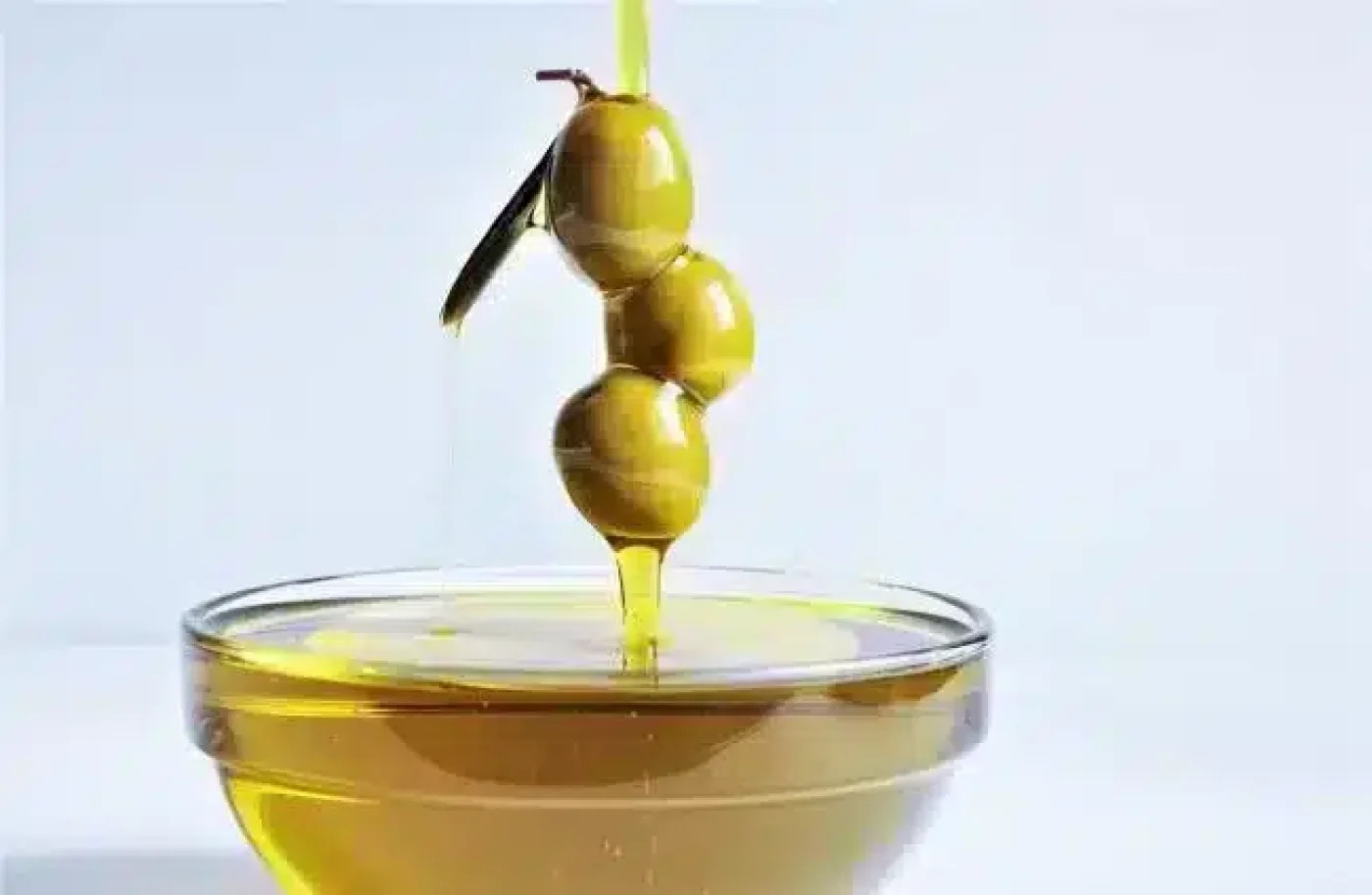
Extra virgin olive oil (EVOO) is a high-quality food product that has been an integral part of the Mediterranean diet for centuries. Demand for high-quality EVOO is increasing in the global market, driven by both growing consumer awareness of nutrition and the expansion of gastronomy that uses EVOO as a main ingredient.
However, the production of high-quality EVOO faces several challenges, including fluctuations in climatic conditions, pests and olive diseases, and the limitations of traditional production technologies.
The main objective of this article is to examine technological innovations in EVOO production and how they can address current challenges in terms of performance, quality, and sustainability.
The production of extra virgin olive oil (EVOO) follows traditional methods that have evolved over time. These methods have evolved over the centuries. These methods can be divided into several key phases:
Although these traditional methods have proven effective for producing high-quality oil, they have several limitations:
These limitations open the door to the research and adoption of new technologies that can effectively address these challenges.
New technologies in the production of extra virgin olive oil (EVOO) aim aims to overcome the limitations of traditional methods and improve efficiency, yield, and quality of the final product. Some of these technologies are described below:
Pulsed Electric Fields (PEF)
Pulsed electric fields transmit short electrical pulses to the olive paste, facilitating oil release. This can achieve a yield increase of up to 20%. PEF treatment can also improve the extraction of phenolic compounds, which in turn enhances the antioxidant properties of the oil.
High Hydrostatic Pressure (HPP)
High Hydrostatic Pressure (HPP) is used to improve oil recovery and maintain product quality. It can increase extraction yield by 10–15%. HPP also improves the oxidative stability of the oil.ls, which extends its shelf life.
Ultrasonic technology uses high-frequency sound waves to break down the olive’s cell walls, facilitating the release of oil. This can increase extraction yields by 15–20%. Ultrasound also improves the extraction of bioactive compounds such as polyphenols and tocopherols, which have beneficial health effects.
Microwave treatment heats the olive paste evenly, making it easier to extract the oil. This can achieve a yield increase of up to 25%. Microwave treatment can also improve the oil’s oxidative stability, which has a positive impact on its long-term storage.
These new technologies offer new opportunities to overcome the limitations of traditional methods and improve the efficiency, performance, and quality of EVOO.
Consumer acceptance is a critical factor in the success of any technological innovation in extra virgin olive oil production. As new technologies gain traction, it is important to understand how consumers perceive these changes.
Some consumers may be skeptical about the introduction of new technologies into a traditional product like oil, fearing potential impacts on the oil’s taste, quality, and nutritional properties.
There are already studies that have addressed this issue, such as the 2021 study published in the journal Impact of Processing on Antioxidant Rich Foods.
Several studies have shown that consumers are willing to pay more for high-quality olive oil, especially when they are informed about its health benefits and improvements in the production process. The transparency of the product label, which includes information about the technologies used in production, can be a decisive factor for consumer acceptance.
Transparent labeling: Brands that use new technologies often include this information in their labeling to educate consumers about the benefits of these technologies, such as: B. higher antioxidant content or a longer shelf life.
The production of extra virgin olive oil generates a significant amount of waste, known as olive oil mill wastewater. This waste is rich in organic compounds and poses a challenge to the environment if not properly managed.
New technologies in olive oil production have the potential to reduce environmental impacts by improving process efficiency and minimizing waste generation. For example, technologies such as pulsed electric fields (PEF) and high hydrostatic pressure (HPP) can increase extraction yield, which in turn reduces the amount of olives required and thus the amount of waste.
These aspects are becoming increasingly important in a global market where sustainability is a growing concern for both producers and consumers.
But not all of it is good news. The dynamics of the price of extra virgin olive oil (EVOO) in Spain have changed significantly recently. According to the Ministry of Agriculture, the cost at the source has increased by 37% in just six months, exceeding seven euros per kilo. This increase is also reflected in supermarkets, where the price per liter is already over 10 euros.
Several factors contribute to this price increase. At the national level, drought and poor harvests have affected production, while production costs have risen. Internationally, the supply and energy crisis have increased packaging and distribution costs. On the other hand, the invasion of Ukraine has destabilized sunflower oil prices, increasing demand for olive oil.
Given that Spain accounts for 44% of world production and 59% of olive oil exports, these changes have global implications. Italy, the main competitor, produces only 10% and also imports large quantities of Spanish oil.
Households are the most affected by this situation, as they face rising food costs. The price increase led to a 51% drop in domestic olive oil consumption in Spain in the first half of 2023.
The price of EVOO is expected to continue rising, possibly reaching €12 per kilo in spring 2024. This raises concerns that olive oil will become a luxury product and be replaced in cooking by cheaper fats.
Olive pomace oil is worth mentioning in this context. This fat is obtained by refining a second centrifugation of olives and, although its quality is inferior to that of EVOO, is a very good alternative for frying compared to other vegetable oils.
The production of extra virgin olive oil is a sector that has made significant progress thanks to the integration of new technologies. These innovations offer solutions to the limitations of traditional methods and improve aspects such as product performance, quality, and sustainability. Technologies such as pulsed electric fields (PEF), high hydrostatic pressure (HPP), ultrasonication (US), and microwave treatment (MW) have proven effective in improving extraction efficiency and oil quality.
However, the adoption of these technologies also presents challenges, such as consumer acceptance and environmental impact. Consumer education and labeling transparency are key strategies to improve the acceptance and ultimately commercial success of these technological innovations.
Important Note: aceitedelcampo.com promotes the consumption of extra virgin olive oil for its culinary qualities and health benefits. However, no medication or current treatment should be replaced without the guidance of a healthcare professional.
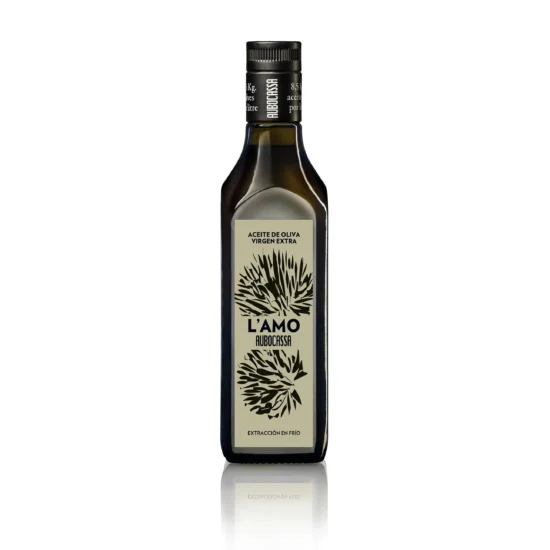
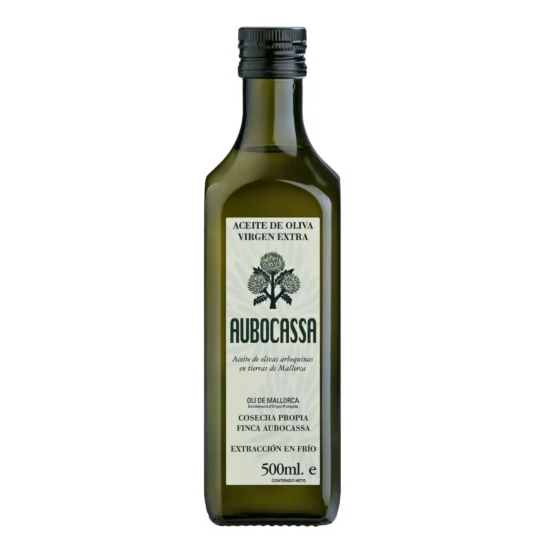
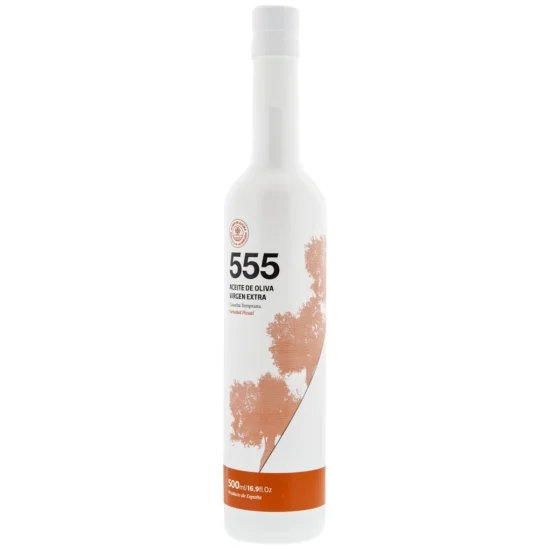
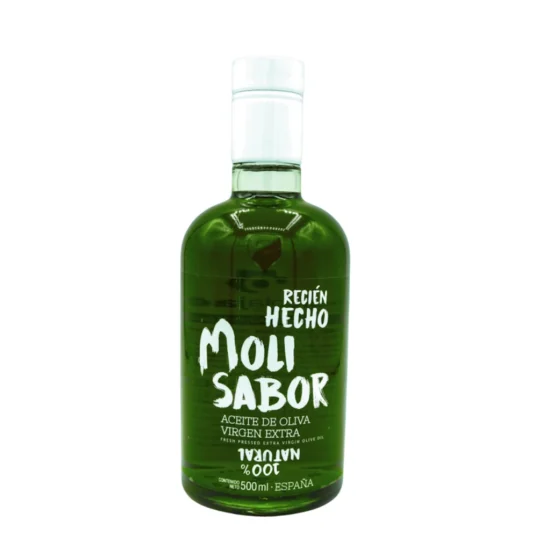
ALZAYT EXPORT SL
info@aceitedelcampo.com
C/ Eduardo Bosca 19, 2-5
46023 Valencia
Subscribe and receive a coupon by email for your next purchase.